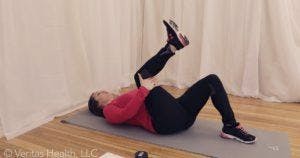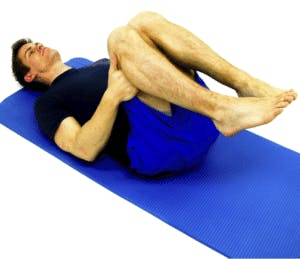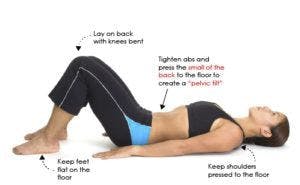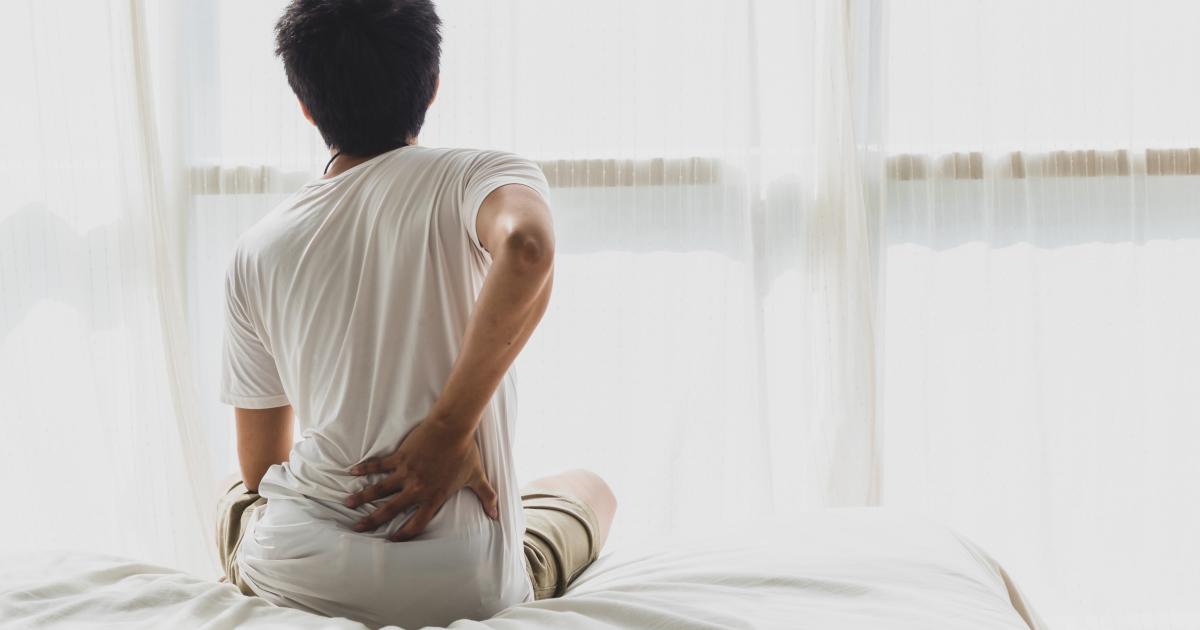As the body ages, the spine tends to experience some unfavorable changes. One of these changes can result in conditions, such as Lumbar spinal stenosis. This condition is caused by a narrowing of the spinal canal in the lower-back due to bone or tissue growing in the opening of the spinal column. There are various symptoms that indicate you have Lumbar spinal stenosis, such as increased pain in the legs while walking, numbing, cramping, stiffness in the legs and thighs, and lower-back pain. In the most extreme cases, individuals can experience a loss of bladder and bowel control.

These symptoms may not be noticeable right away. However, symptoms may become more prominent overtime. It’s important that you do not ignore these symptoms. Instead, you should seek professional help, such as a physical therapist. Physical Therapy has become a proven alternative to alleviating pain associated with Lumbar spinal stenosis. Physical therapist will recommend treatments that will improve your body’s condition and overall health.
With that said, here are the top 3 exercises to help reduce lower-back pain caused by Lumbar spinal stenosis:
1. Single-Knee To Chest:
This exercise is effective for those recovering from lower-back injuries, those who are suffering lower-back pain, and those who have arthritis. Performing this stretching exercise will help ease pain and release tension in the spine.

How-To Perform
- Lie on your back with you knees bent and your feet flat on the floor.
- Leaving one foot in place, bring one knee towards your chest, while pressing your lower back into the floor.
- Hold your raised knee with both of your hands and pull it towards your chest
Perform this exercise between 15 and 20 seconds and then repeat with your other leg.
2. Double-Knee To Chest:
Similar to the single-knee stretch, this exercise stretches your lower-back, hamstrings, and glutes, helping to alleviate pain in the lower-back.

How-To Perform
- Lie on your back with you knees bent and your feet flat on the floor
- Bring one knee to your chest and then proceed with the other. (Don’t raise both legs at the same time)
Perform this exercise for 15-30 seconds and then lower your legs one at a time. Rest for 30 seconds and then repeat 2-4 times.
3. Posterior Pelvic Tilt:
This exercise is great when it comes to healing lower-back pain. Performing this exercise will improve strength and stabilization of the core and pelvis, which means that you will lessen your risk for injury and pain.

How-To Perform
- Lie on your back with your knees bent about 2-inches apart, and your feet flat on the ground. Be sure to relax your arms by your side.
- To ensure that your back is flat against the surface, press your belly button towards your spine.
- Tighten your abdomen muscles and begin to thrust your pelvis up slightly. Hold for up to 10 seconds.
If you need help adapting to this exercise, try this alternative:
Use a Chair: Placing your feet on a chair, bend your knees at a 90-degree angle so that your legs are perpendicular to the floor. Then, proceed to thrust your pelvis up slightly and hold for up to 10 seconds.
Exercises should always be performed on a comfortable surface and should never increase your pain. Exercising will reduce the symptoms of Lumbar spinal stenosis, improve flexibility, and increase your overall well-being. Staying active is the best thing you can do to effectively manage your symptoms. If you have any questions or concerns about Lumbar spinal stenosis or you want to know more about exercises for lower-back pain, call Hess Physical Therapy today and let one of our doctors get you back to a pain free life.
Our locations:
- Kennedy: (412)-771-1055
- Crafton: (412)-458-3445
- Allison Park: (412)-487-2787
- Bethel Park: (412) 835-2626
- Atlasburg: (724) 947-9999
Website: www.hesspt.com
Disclaimer: this information is "not medical advice" and is used at the site visitor's own risk.
